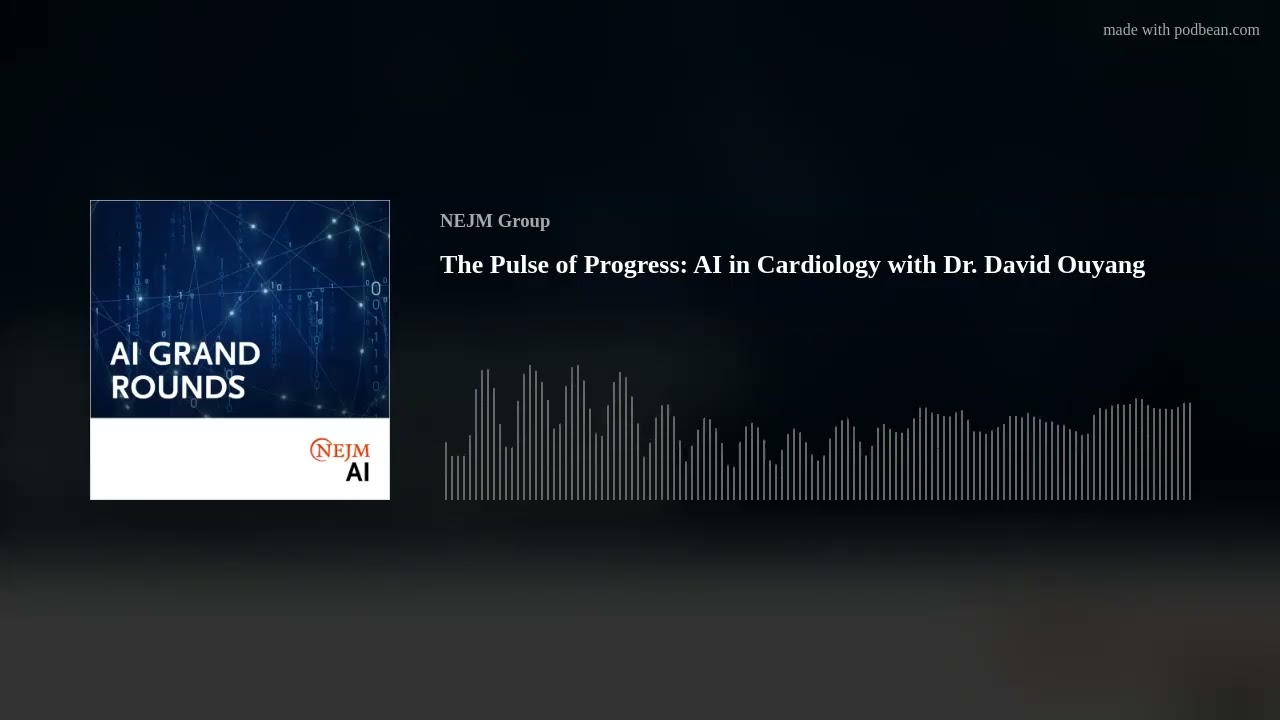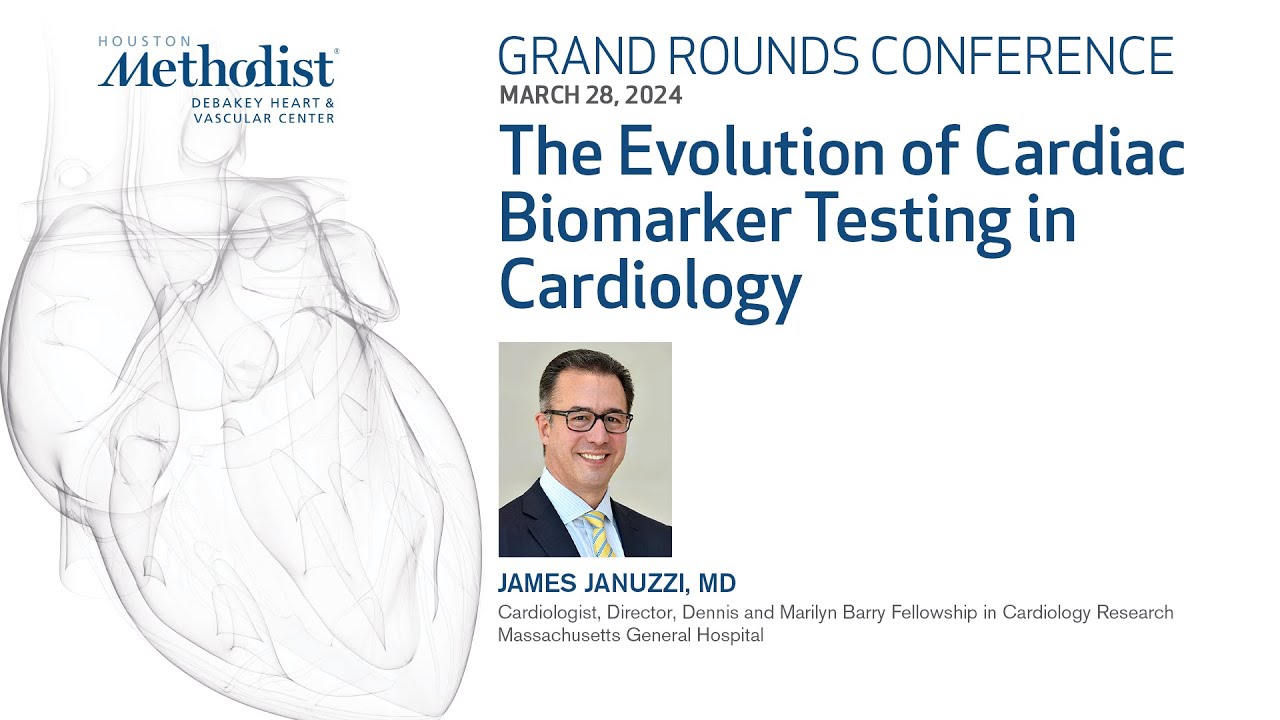NEW YORK (Reuters Health) – Continuing bivalirudin for 4 hours after primary percutaneous coronary intervention (PCI) for ST-segment elevation myocardial infarction (STEMI) facilitates early microvascular reperfusion without an increase in bleeding complications, clinicians from Italy have found.
“We actually use this approach of prolonged (bivalirudin) infusion for all our coronary cases, because we never had bleeding complications,” Dr. Bernardo Cortese, from Interventional Cardiology, Cliniche Humanitas Gavazzeni, Bergamo, told Reuters Health.
“We use abciximab and other glycoprotein IIb/IIIa inhibitors only in selected, high thrombotic burden cases,” he explained.
“Moreover, we prefer this approach of prolonged infusion because we perform transradial PCIs in 95% of cases, and do not fear a hypothetical (but never seen) increased bleeding risk from the entry site.”
Bivalirudin is a direct thrombin inhibitor used widely during PCI for STEMI. The Harmonizing Outcomes with Revascularization and Stents in Acute Myocardial Infarction (HORIZONS-AMI) trial showed that periprocedural bivalirudin improves short- and medium-term survival compared to heparin plus glycoprotein IIb/IIIa inhibitors, but at the expense of a higher acute stent thrombosis rate.
Dr. Cortese and colleagues hypothesized that a postprocedure prolonged infusion of bivalirudin would yield a better safety profile during the first hours after PCI and used the Prolonged Bivalirudin Infusion Versus Intraprocedural only Randomized (PROBI VIRI) study cohort to investigate.
They compared outcomes in 86 patients who received bivalirudin during PCI and for 4 hours afterward with 86 patients who received a standard peri-PCI infusion of bivalirudin and 92 who received heparin plus abciximab.
All 264 patients underwent primary PCI for STEMI, had similar baseline characteristics, and were pretreated with aspirin and clopidogrel.
The primary end point was greater than 70% ST-segment resolution within 90 minutes after PCI.
According to a report in the American Journal of Cardiology, 70% of patients in the prolonged bivalirudin group and 70% in the heparin/abciximab group achieved this milestone, compared with only 49% of patients in the peri-PCI bivalirudin group.
There were no statistically significant differences between study groups in secondary end points – namely, partial ( > 50%) ST-segment resolution within 90 minutes and intrahospital major and minor bleeding.
“Importantly,” the investigators note, continuing the bivalirudin infusion for 4 hours after PCI did not increase the risk of bleeding compared to a peri-PCI infusion only. On the contrary, the prolonged infusion seemed safer than the heparin/abciximab treatment.
Major bleeding events occurred in 4.3% of the heparin/abciximab arm and none of the 2 bivalirudin arms (p = 0.14 for comparison of bivalirudin arms). Minor bleeding events were also not significantly increased in the same group (p = 0.2).
In light of these observational results, the researchers plan to test a prolonged infusion of bivalirudin in a multicenter randomized clinical trial called the Effect in Reducing Infarct Area of a prolonged infusion of Bivalirudin in Primary PCI (ERA) study, which will soon start enrolling patients, they say.
“We believe that a strategy of prolonged infusion of bivalirudin after PCI should be the first choice in some particular clinical settings: ST elevation and non ST elevation myocardial infarction (and) complex PCI,” Dr. Cortese told Reuters Health.
“In fact, our results demonstrate that this strategy (yields) an outcome similar to that obtained with more potent, and risky drugs (e.g., abciximab) without losing the high safety profile of bivalirudin,” he added.
Reference:
Effect of Prolonged Bivalirudin Infusion on ST-Segment Resolution Following Primary Percutaneous Coronary Intervention (from the PROBI VIRI 2 Study)
Am J Cardiol 2011.






